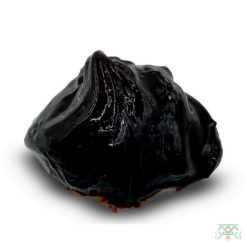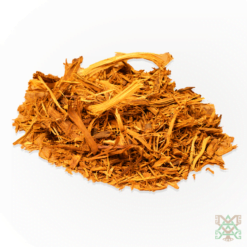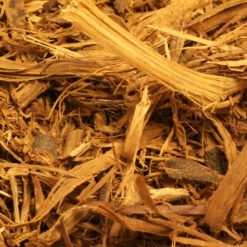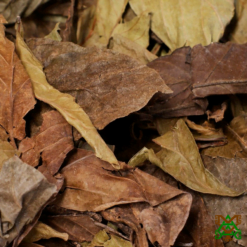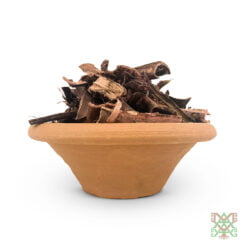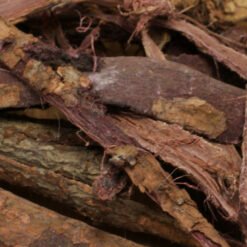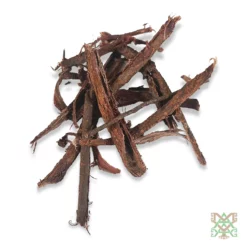AYAHUASCA
Caapi / Chahua / Daime / La Purga / Oasca / Ondi / Rao / Vegetal / Yagé
Of all the tropical treats, of all the vegetal medicine, we consider Ayahuasca one of the – if not the – most versatile of all the psychoactive jewels the Amazon has to offer. Known under numerous names, the vine (huasca) of the dead, of the soul (aya), has served many indigenous tribes across all of South America. However, its recorded lore seems shrouded in a mist of colorful speculation and a thick fog of historical holes, as colossal as they come colonial.
According to sources local to the Amazonian rainforest, our acquaintance with Ayahuasca stretches back several millennia into the past. Cooking gear and other pottery, found in Ecuador, dating back approximately 3500 years, may have been used for preparing this once-mysterious concoction. Western knowledge though, relies mostly on archaeological findings, with the oldest tracing back to Bolivia, about a thousand years ago. Hence, it seems most safe to say: the use of Ayahuasca reaches well back into the pre-Columbian era.
AYAHUASCA EM PRESENT TIMES
In present times, Ayahuasca enjoys an enormous popularity. A great number of healers (curanderos) deem it a powerful ally, with increasing amounts of people eager to employ its medicinal qualities or to enjoy its famed visionary features to which it owes the nicknames “jungle cinema” and “television of the forest”. Most certainly not consumed for entertainment, most people describe the experience as one of the most intense and most profound ever – cathartic, purging, life-changing.
In order to produce these revered psychoactive and healing properties, the brew has to consist of a mixture of certain vegetal ingredients. Hence, it seems essential to mention that both the brew itself and its main constituent bear the same name. The principal element and namesake of the brew is called Banisteriopsis caapi, the one vine called Ayahuasca, also known as Yagé, Yajé or simply Caapi, which becomes mixed with Chacruna (Psychotria viridis) to potentiate the brew and induce visions.
To change both effect and potency, a number of admixture plants may get mixed with Caapi instead, prevalent depending on the region of origin. Maya provides some of the most well-known, like Acacia, Bobinsana (Calliandra angustifolia), Chaliponga (Diplopterys cabrerana) and Jurema (Mimosa hostilis), all admixture plants, prevalent depending on the region of origin, as wel as Cebil (Anadenanthera colubrina) and Yopo (Anadenanthera peregrina) which produce seeds used by curanderos to prepare snuff powders.
In addition, Maya offers the finest Mapacho (Nicotiana rustica, wild tobacco): not an ingredient of the brew, but certainly elementary as one of the three pillars of the Ayahuasca ritual and perhaps even the most ubiquitous of all plant teachers administered in healing practices and consulted in shamanic ceremonies.
Banisteriopsis Caapi
Banisteriopsis Caapi – Resin Extract 30:1 – Brazilian Caupuri Vine
Banisteriopsis Caapi
Caupuri (Banisteriopsis Caapi) Ayahuasca Vine – Roughly Shredded Caapi Vine from Brazil
Herbs (Plants)

